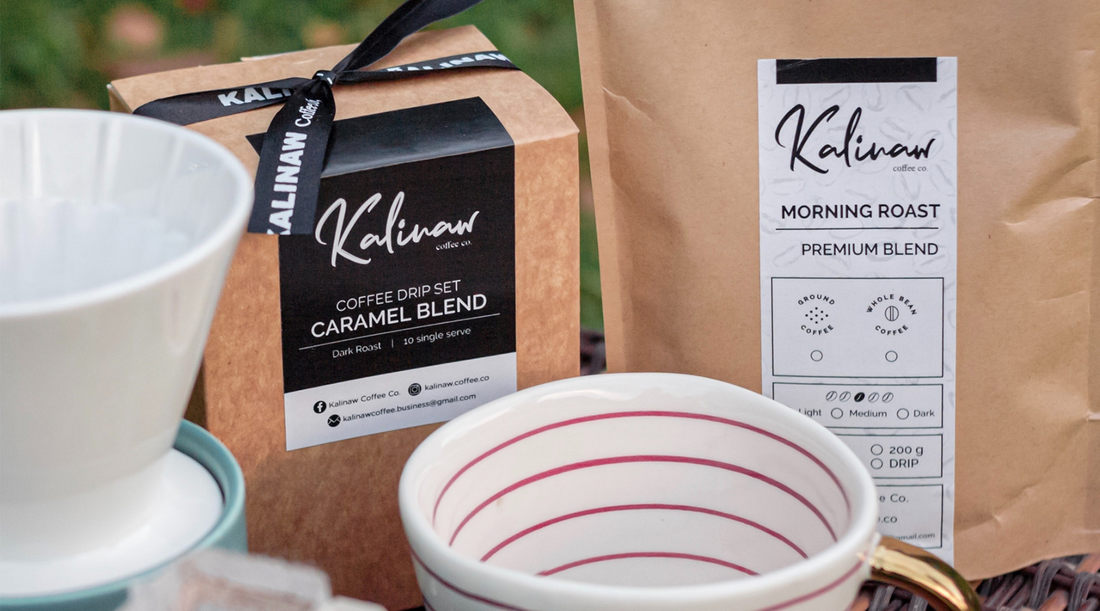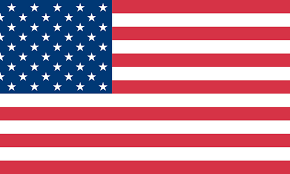A Comprehensive Guide To Making Coffee Labels

Coffee labels play a crucial role in the bustling world of coffee business. Have you ever wondered why those little stickers or tags on coffee bags matter so much? Well, they hold a wealth of information that helps consumers make informed decisions about their coffee choices. In this blog post, we'll dive into the realm of coffee labels, uncovering the essential details that coffee business owners need to know. Whether you're a café owner, a roaster, or a distributor, understanding the significance of coffee labels will enable you to communicate effectively with your customers and build trust in your brand. So, grab a cup of your favorite brew and let's explore the fascinating world of coffee labels together!
What to include on coffee labels
When it comes to coffee labels, there are important regulations that coffee business owners must adhere to. These regulations vary from country to country, ensuring that coffee products provide accurate and essential information to consumers. In the United States, the Food and Drug Administration (FDA) sets guidelines for coffee labeling.
Before we delve into other aspects of choosing a label, it is essential to consider the mandatory information. It is crucial to ensure that your labels comply with the FDA coffee labeling requirements.
Product name
The product name is a crucial component of coffee labels. It should clearly and accurately represent the coffee being sold. This helps consumers easily identify and choose the coffee they desire, whether it's a specific blend, single-origin, or a flavored variation.
Barcode
Many coffee labels feature barcodes, which are unique patterns of lines that can be scanned by point-of-sale systems. Barcodes allow for efficient inventory management and checkout processes. They enable businesses to track sales, monitor stock levels, and improve overall operational efficiency.
The list of ingredients used
Coffee labels may include a list of ingredients used, particularly in flavored or specialty coffees. This is important for consumers who have dietary restrictions or allergies, enabling them to make informed choices. The list may include additives, flavorings, or other substances that have been added to the coffee during processing.
Company information
The country of origin signifies where the coffee beans were grown and harvested. This information is particularly significant for coffee enthusiasts who appreciate specific flavor profiles associated with certain regions. It also helps consumers support coffee-producing countries or make choices based on their preferences for fair trade or ethical sourcing.
Net weight of the product
The net weight refers to the amount of coffee contained in the package. It is typically displayed in ounces, grams, or pounds. This information is important for consumers to understand how much coffee they are purchasing and to compare it with other products on the market.

Additional information to enhance consumer appeal
Organic
The organic label indicates that the coffee beans were grown without the use of synthetic pesticides, herbicides, or genetically modified organisms (GMOs). To carry the organic label, coffee producers must adhere to specific organic farming practices and be certified by an accredited organization. Including the organic label on coffee packaging appeals to environmentally conscious consumers who prioritize sustainability and chemical-free products.
Fair trade
Fair trade certification ensures that coffee farmers receive fair compensation for their labor and have improved working conditions. The fair trade label on coffee labels indicates that the coffee has been sourced from producers who adhere to fair trade principles, such as paying fair wages, providing access to education and healthcare, and promoting environmentally sustainable practices.
Bird Friendly/Shade Grown
The Bird Friendly certification, established by the Smithsonian Migratory Bird Center, ensures that coffee is grown in a manner that promotes bird conservation and habitat preservation. Coffee farms with this certification maintain shade trees that provide a suitable habitat for migratory birds, supporting biodiversity and environmental sustainability.
Rainforest Alliance
The Rainforest Alliance certification signifies that the coffee has been sourced from farms that meet rigorous environmental and social standards. This certification promotes sustainable agriculture, protection of natural resources, and fair treatment of workers.
Roast Level

Selecting the perfect coffee labels
When it comes to coffee custom labels, there are several common types that are widely used in the industry. The choice of label type depends on the specific packaging requirements and desired aesthetic.
-
Paper Labels: Paper labels are a versatile and cost-effective option for coffee packaging. They work well with various coffee packages, including coffee bags, coffee tins, and cardboard boxes. Paper labels can be printed with different finishes, such as matte or glossy, to achieve the desired look and feel. They are suitable for both short-term and long-term use, depending on the adhesive and protective coatings applied.
- Film Labels: Film labels, also known as synthetic labels, are made from materials like polypropylene or polyester. These labels are highly durable and resistant to moisture, oil, and tearing. Film labels are often used for coffee bags, particularly those that require waterproof or heat-resistant properties. They are ideal for coffee packaging that may be exposed to varying temperature conditions or require extra protection.
- Foil Labels: Foil labels add a touch of elegance and premium appearance to coffee packaging. These labels are made of metallic or holographic foil materials and are commonly used for specialty coffees or luxury coffee brands. Foil labels are compatible with various coffee packages, including coffee bags, tins, and boxes. They enhance the visual appeal and perceived value of the product.
- Clear Labels: Clear labels are transparent labels that allow the product packaging to show through. They are commonly used on glass or plastic containers, such as coffee jars or bottles, to create a seamless and minimalist look. Clear labels are especially effective when the packaging design or the coffee itself is visually appealing and should be prominently displayed.
- Die-Cut Labels: Die-cut labels are custom-shaped labels that are precisely cut to fit the desired design or contour of the packaging. They add uniqueness and visual interest to coffee packages. Die-cut labels are often used for specialty coffee bags, coffee boxes, or uniquely shaped containers. They create a distinct and attention-grabbing appearance on the shelves.
- Thermal Labels: For cost-conscious small businesses, an alternative option is to use blank self-adhesive thermal labels and print coffee custom labels at home using a thermal label printer. This DIY approach allows for flexibility in design and variable information printing, such as batch numbers or personalized messages. By investing in a label printer compatible with thermal labels, businesses can have greater control over label customization without the need for outsourcing or investing in pre-printed labels. Ensure label printer compatibility and consider factors like label durability and moisture resistance when selecting the appropriate blank self-adhesive thermal labels for coffee custom labels.
Handy Tips for Label Printing Success
Keeping your coffee labels in compliance with industry standards and achieving top-notch printing quality are key for coffee business owners to create a positive experience for customers. Here are some friendly and easy-to-follow tips to help you on your labeling journey:
- Stay in the Know: Stay updated on the latest labeling regulations specific to the coffee industry. Get familiar with guidelines for product names, net weight, country of origin, ingredient lists, and any certifications or claims you make on your coffee labels. Remember to regularly review and update your labels to make sure they meet the requirements.
- Font Matters: Choose fonts that are clear and easy to read, while also reflecting your brand's personality. Steer clear of overly fancy or complicated fonts that might make reading a challenge. Also, consider adjusting the font size to suit different label sizes and ensure readability.
- Invest in Reliable Printing Equipment: If you decide to print labels in-house, invest in a trustworthy label printer that matches your specific needs. Look for a printer that's compatible with the types of labels you plan to use and capable of producing high-quality prints. It's even better if you can find a printer with adjustable settings for fine-tuning your printing results.
Wrapping up
Understanding coffee labels is super important for coffee business owners to share information about their products and make their brand shine. By including details like product name, weight, country of origin, barcode, ingredients, flavor profiles, and certifications like organic, fair trade, bird-friendly, and shade-grown, you can be transparent, build trust with your customers, and stand out from the competition.
And don't forget about choosing the right coffee custom labels! Whether you go for paper, film, foil, clear, or die-cut labels, make sure they match your coffee packaging and consider factors like durability, resistance to moisture, and the flexibility to create awesome designs. You can either use professional label printing services or get creative and print your labels at home using thermal labels. Whichever way you choose, make sure your coffee labels are on point and tell the story of your delicious brews. Happy labeling and brewing!
You may also like:


